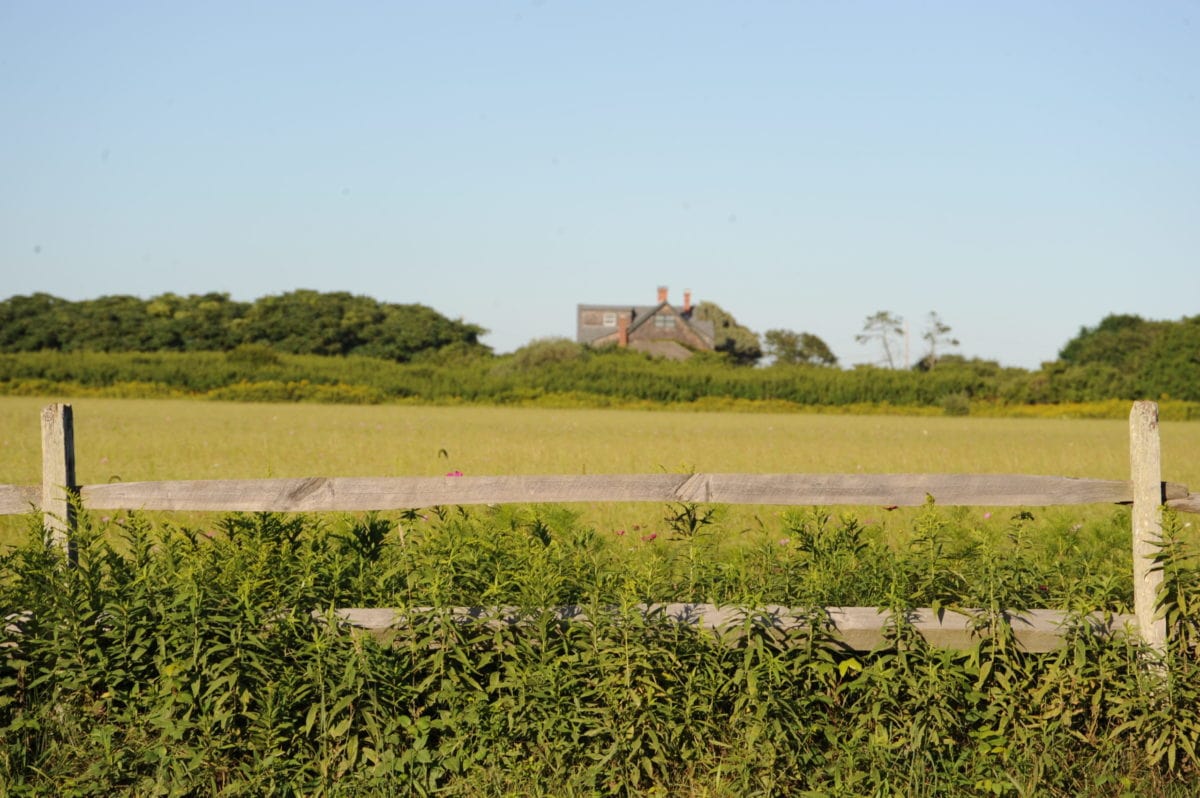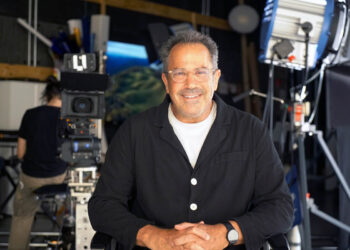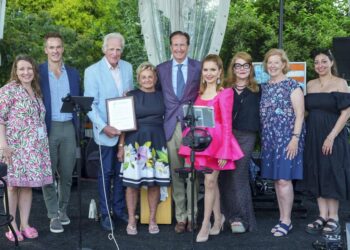
For the weekend visitor it’s just a sign on Route 27 that says Wainscott. Sometimes you don’t even see the sign as you are driving in a hurry either east or west. Wainscott only has less than 700 full time residents on 7.2 square miles of land of which a .5 square mile is water or wetlands. Its highest elevation is only 32 feet. Heck, up until in 2007 it was the only place in the whole U.S.A. with a one room school. Amazingly that school was founded in 1730.
So why is it named Wainscott? What is its story? The hamlet of Wainscott is noted in the East Hampton Town records as “an independent farm outside of East Hampton’s core settlement.” The name Wainscott was not a man’s name but the name of a village: Wainscott, Kent just north of Maidstone, England.
It was established in 1668 as “Wainscott,” by John Osborn, the son of an East Hampton Village proprietor. The land that was declared to become Osborn’s farm was of land that at that time included part of the meadows at Wainscott Pond. At that time it had been common pasture for cattle since 1652. Many believe that the new ownership of the meadows at Wainscott Pond was important because it started a process in East Hampton of lands passing from common to individual ownership and enterprise. By the end of the century, two other families had settled in the vicinity of Wainscott Pond. They had to negotiate with the local Indians who were not always friendly.
Living was tough back then with a lot of hard times both farming and fishing. Things could get a little crazy in those puritanical days. An example of the craziness was in 1657 (March 19th), when the wife of Joshua Garlicke of East Hampton, was accused of “witchcraft,” by EH town order and sent to Hartford for trial. This was decades before the Salem Witch trials. She was acquitted, thus saving the Town of East Hampton the horrible stain Salem, Massachusetts now has. At that time East Hampton was part of the colony of Connecticut.
Historian Henry Hedges was born in Wainscott in1807 in what he called an Osborn home. He claimed his home was owned by a direct descendent of John Osborn. Henry Hedges wrote that he could still see “the original two-story home of John Osborn” from his front porch. Mr. Hedges’ description of “his Wainscott,” as a boy in his book, Tracing The Past, is a testament why, to this day, property in Wainscott is extremely valuable.
He wrote, “Before I was 8 years old (1814) I knew Wainscott Pond from shore to shore, from shoal to deep…This pond was the eastern bound of my father’s farm. It was bound south by the ocean…its settings beamed of glorified water and shore…Out of it was born perception of the varied beauties impressed on this material world, by the hand of its mighty Maker.”
Here is something the Wainscott real estate agents forget to mention. Between the houses of Morgan Topping and John Hand stood a house in which lived Elias Hand, a soldier in the French and Indian War. That house was burned before Henry Hedges’ time. Yes, there is amazing history all over the Hamptons.
These days we all get to walk/bike or drive down Wainscott Main Street and feel that history. We all can look and see the ocean behind the farmland. Shop the historic farm stands, and if the weather is right, one might go down Beach Lane for a quick dip in the ocean like Henry Hedges did as a boy.
To this day many times I use Wainscott Main Street as an alternate route to avoid the mundane craziness that is Route 27. It is a pure historic country road






